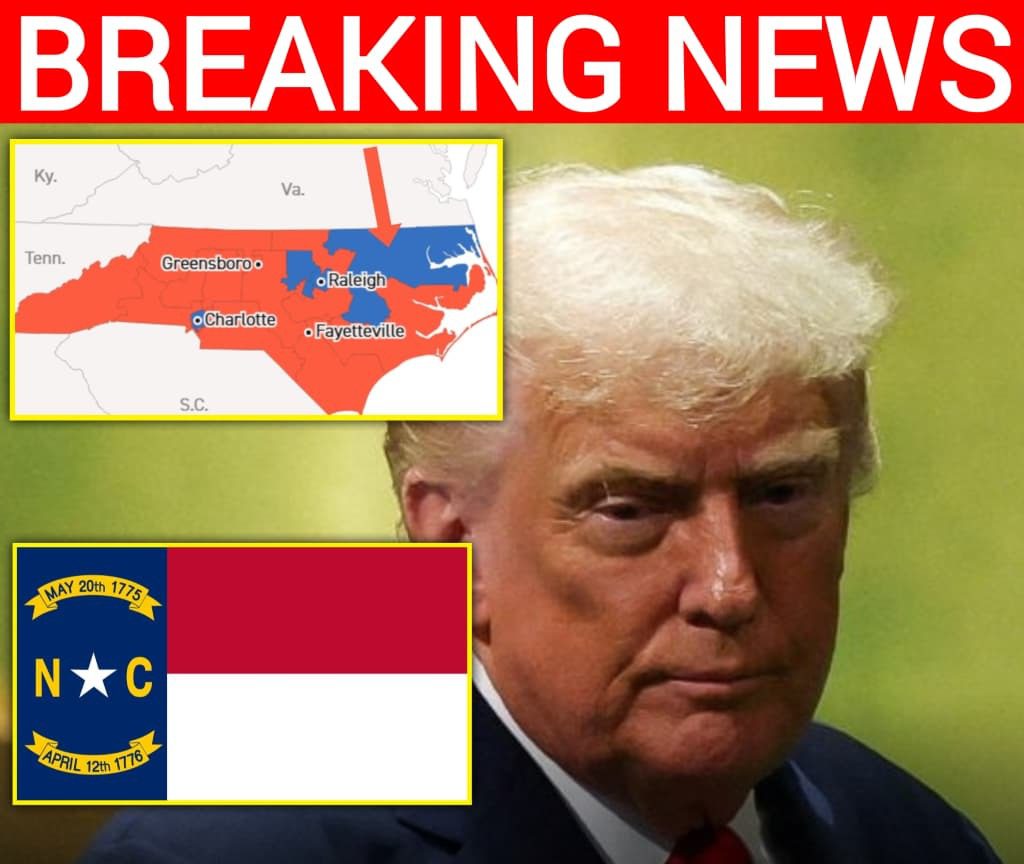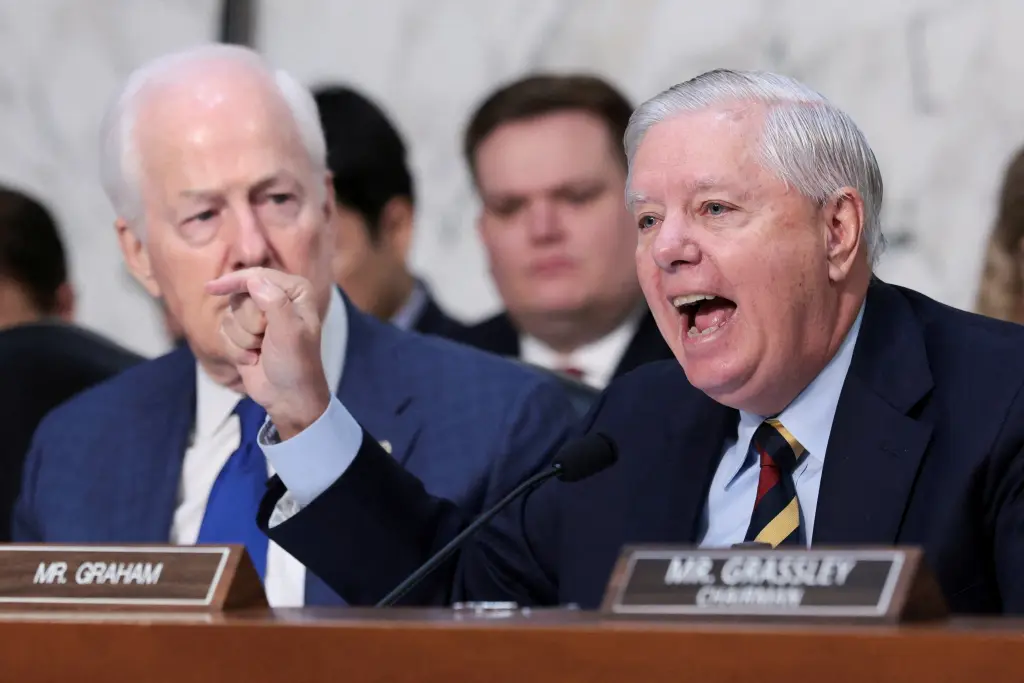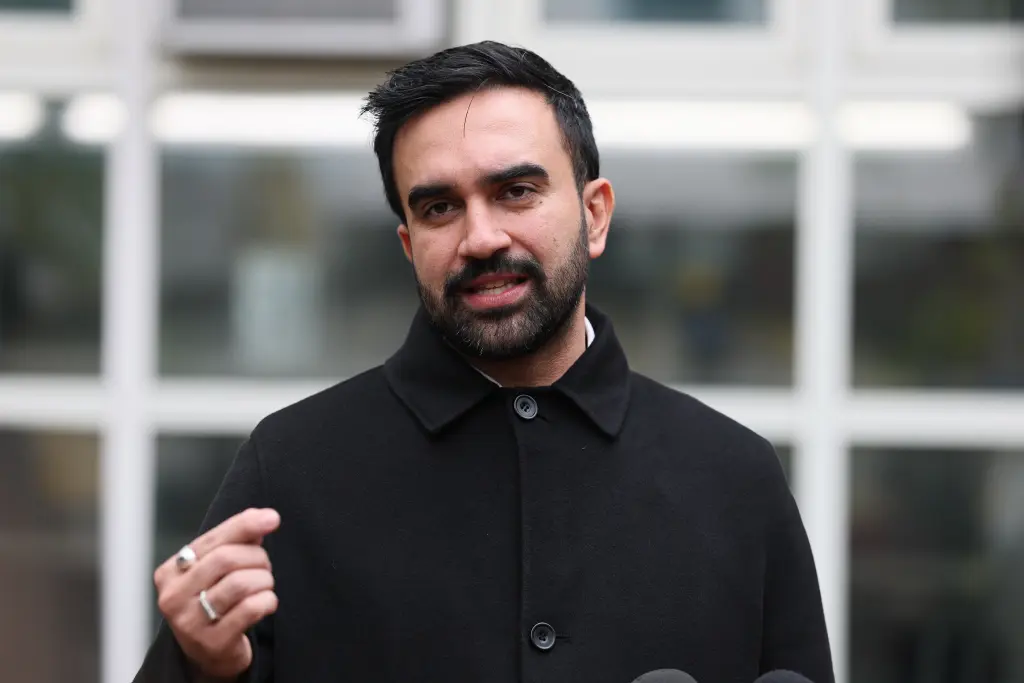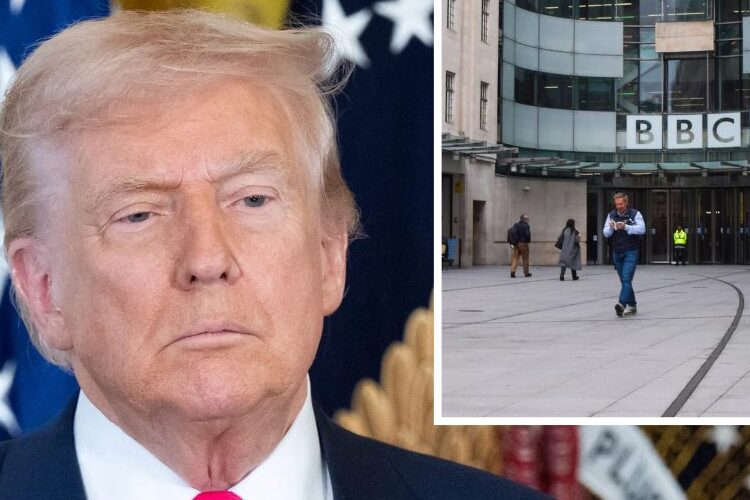GOP Leaders in North Carolina Plan Strategic Redistricting That Could Flip the 1st Congressional District From Blue to Red in 2026
North Carolina politics is once again at the center of national attention after Republican leaders announced plans to redraw the state’s congressional map ahead of the 2026 elections. According to CBS, the move could be massive in scale, potentially altering the balance of power by flipping North Carolina’s 1st Congressional District from Democratic to Republican control. This effort is being described as one of the most strategic redistricting pushes in the country, and it highlights just how important map-making has become in America’s increasingly polarized political landscape.
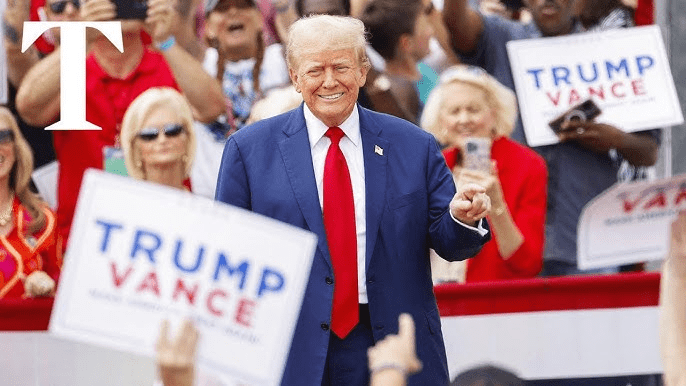
The 1st District has long been seen as a Democratic stronghold, rooted in eastern North Carolina with a history of leaning blue in federal elections. Flipping it would not only mark a symbolic victory for Republicans but could also contribute to tightening margins in the U.S. House of Representatives. The move comes at a time when both parties are fighting over every seat, knowing full well that even a handful of flipped districts can shape national policy for years.

North Carolina is a unique case in the redistricting debate. The state’s governor has no veto power over congressional maps, a constitutional quirk that dates back to 1868. That means the Republican-controlled legislature holds enormous authority in drawing district lines with little formal oversight. This arrangement has historically allowed the GOP to advance aggressive gerrymanders, most famously in 2011, when the maps they crafted were challenged in court but ultimately upheld by a 4-3 decision from the state Supreme Court in 2019. Those maps helped secure years of Republican dominance in congressional representation, even as the state itself has swung between parties in presidential elections.
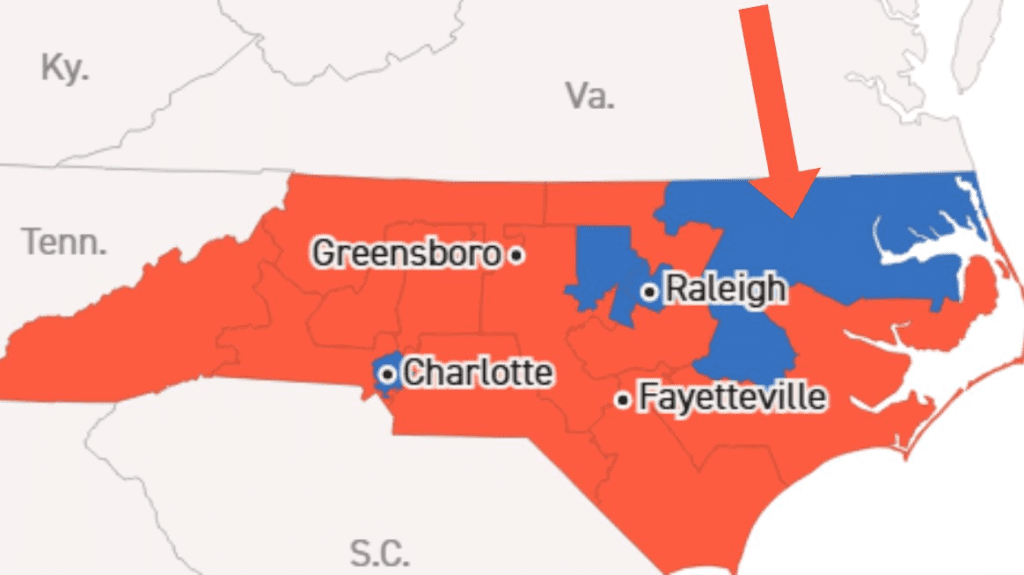
A 2023 study by the Brennan Center underscored just how powerful gerrymandering can be. Their analysis found that extreme map-drawing can shift outcomes by as much as 10% in favor of the dominant party. In a state as competitive as North Carolina, that margin can make the difference between control of the House flipping or remaining in one party’s hands. For Republicans, the potential to tilt the 1st District red is part of a broader strategy to secure long-term majorities by shaping the battlefield before voters even head to the polls.
Beyond the mechanics of map-making, the optics matter too. The imagery associated with the announcement — maps, flags, and even photos of Donald Trump — speaks to a deeper cultural strategy. Researchers at the University of Lancaster in 2025 found that symbolic visuals such as state flags, patriotic motifs, and strong gestures can reinforce populist messaging, especially in regions with deep political divides. By framing redistricting not just as a bureaucratic process but as a cultural fight for the state’s identity, Republican leaders are tapping into themes that resonate strongly with their base.
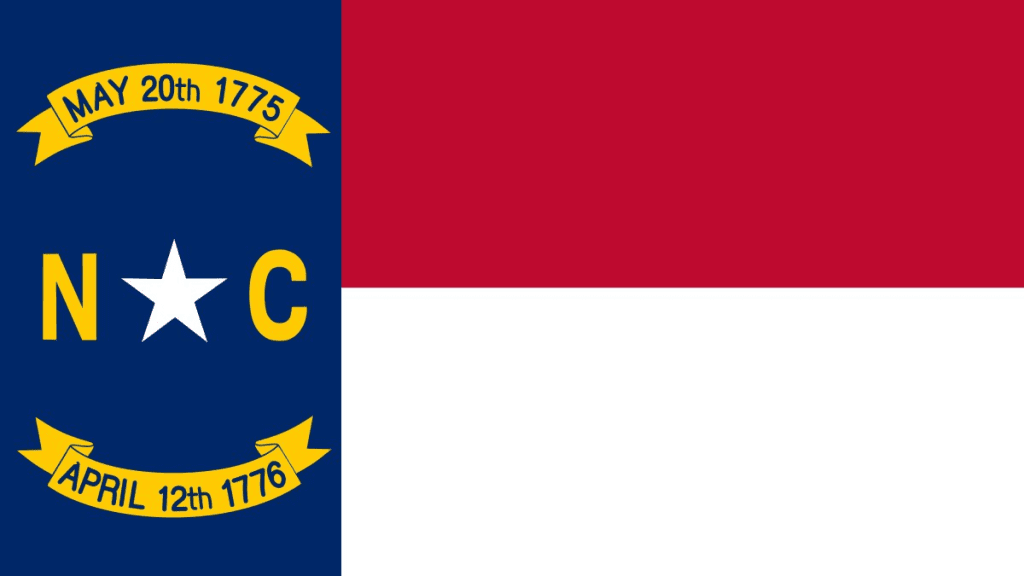
Still, the decision is not without controversy. Critics argue that constant redrawing of lines undermines democracy by allowing politicians to choose their voters instead of voters choosing their politicians. They point to past legal battles over gerrymandering in North Carolina as evidence that unchecked power in map-making erodes public trust. But for GOP leaders, the calculation is simple: redistricting is legal under the state’s system, and if used strategically, it can lock in gains that might otherwise be lost in a volatile electoral climate.
The road to 2026 is still long, but the stage is already being set in North Carolina. If the maps are redrawn as expected, the political landscape could shift dramatically, with ripple effects felt far beyond one state. The 1st District may only represent a slice of the country, but in a Congress where margins are razor-thin, its impact could be national. In a time when every seat matters, the battle over redistricting in North Carolina is more than just about lines on a map — it’s about the future direction of American politics.
